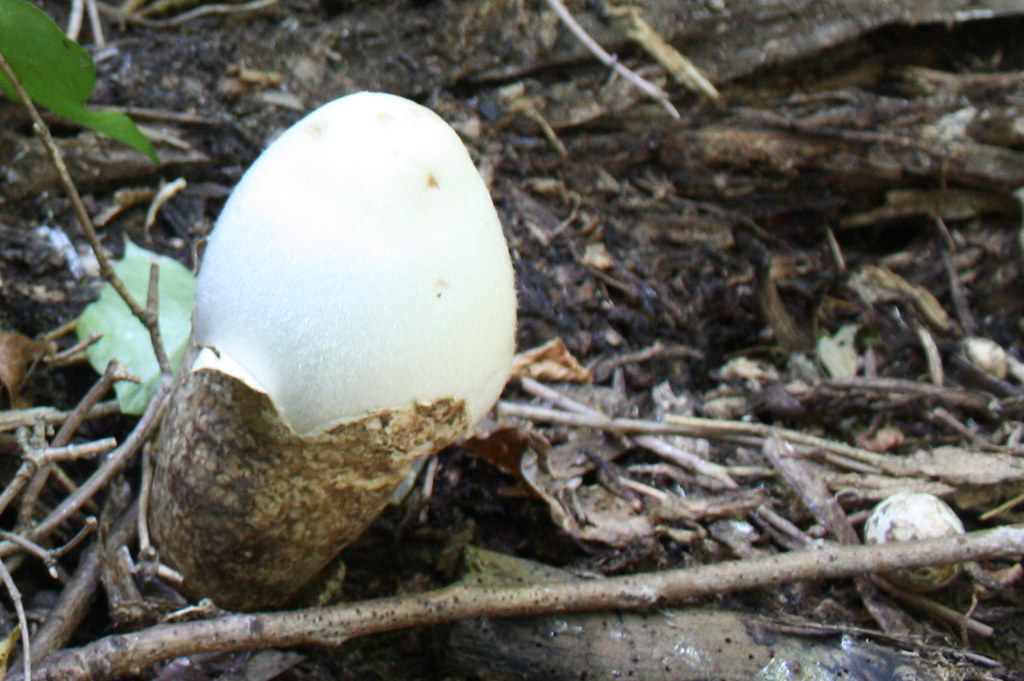Early this morning, 7.45am, whan it was all wonderfully quiet elsewhere in Abney, a raucous screeching was round the chapel.

Part of the gang of magpies ready to fly at the chapel 4.7.2013
A couple of families of parakeets were clustered as a flock. There were clearly young birds there mixed in with adults, so they had a successful breeding season despite the cold weather. They originally come from the Himalayan foothills so should be accustomed to cold weather. Their food is listed as seeds, berries and nuts, which is bird table food. (They regularly visit the bird feeder at the front of Abney). They also try eating a lot more than that and birds are known to eat hard-boiled eggs, shells too for the calcium, when offered it in captivity. If they never went near this food in the wild, where would the instinct be to eat egg and their shells?

Parakeets flying from magpies, 4.7.2013
I’m guessing here, but the magpies are known to pop into the chapel and pinch the odd pigeon egg. They are feral pigeons whose breeding cycle has been messed up by human interaction, so they breed at any time of the year, not just on one season. The magpies know this food source is there, and maybe the parakeets have cottoned onto the idea too.

Parakeets on Abney Park chapel 4.7.2013
The parakeets were reluctant to be evicted from their chapel perches, and came back repeatedly when forced to fly away by the magpies. This interspecies interaction is unusual. I’ve had a look online and parakeets are described as getting on well with other bird species. To have this sort of rivalry for the chapel is something I’ve only seen before in magpies and crows, which compete for food etc. It does make me think of competition for the pigeon eggs.
Or maybe the parakeets are just really noisy and annoying.
Read Full Post »






















